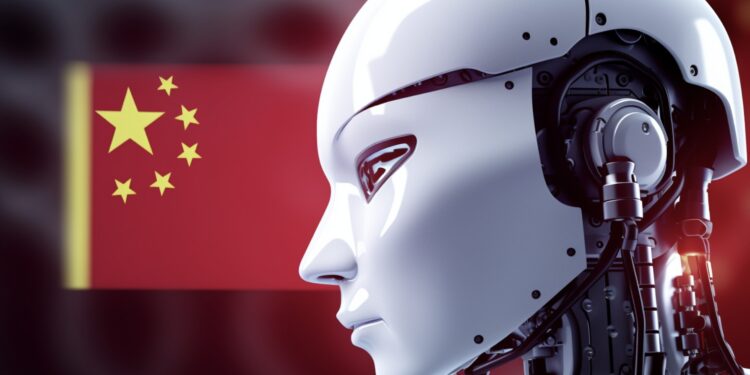This Innovation Provides China with Even More Security on Its Nuclear Deterrent In what is a major leap for nuclear security and arms control, Chinese scientists have succeeded in developing an artificial intelligence (AI) system that can learn to verify that a nuclear warhead is real.
The technological breakthrough can identify real warheads from fakes, all while preserving sensitive design details and transforming the world’s arms control efforts.
The novel AI system, described in a peer-reviewed paper, uses a complex, three-stage approach involving principles of nuclear physics and advanced deep learning algorithms.
To teach the A.I., researchers used millions of virtual nuclear components where some were made of weapons-grade uranium and others concealed with substitute substances. The AI would then be required to locate real warheads by the signature of their particular neutron flux.
Since the dawn of nuclear warhead verification, however, a key challenge has been to ensure that this back and forth doesn’t expose classified weapons designs. The Chinese overcame this by using a 400-hole polythene barrier placed between the inspection instrument and the warhead.
This barrier, they explained, essentially “mixes” the neutron signals, obscuring the design details of the warhead, but allows the relevant radiation signatures for verification to penetrate. According to the scientists, repeated random inspections based on this technique can minimize the risk of cheating to virtually zero.
The key breakthrough, they said, is the AI’s ability to use data on successful warhead tests to infer and verify with a high confidence a weapon’s design without requiring specific and detailed information on how that weapon was built.
It works on depersonalized radiation data, so it is “blind” to the classified details of the design, yet it can verify the warhead.
The announcement is a significant one, given the current impasse in US-China nuclear arms talks. China has traditionally resisted traditional verification procedures because of its smaller arsenal relative to the US and mistrust of the current procedures.
This AI-based mechanism may be a solution for this to provide a more trusted and secure verification to both sides if accepted.
For maximal scrutiny and confidence, the AI system could be collaboratively developed, trained, and proved to work by both the inspecting and inspected states, with the software locked before it is deployed, the CIAE researchers propose. Such a cooperative methodology might help build new trust in verification and open a path to new progress in global nuclear disarmament.
However, despite the advantages offered by this AI, in relation to arms control, security concerns may be raised: ‘Keeping that kind of AI safe is very difficult’, especially given the danger of leaks or it being misused. It is important that the introduction of this revolutionary development is conducted sensibly and responsibly, and security and international scrutiny will have a role to play.
On the other hand, China’s project is a landmark as China is advancing towards being at the forefront of AI for nuclear security and laying the foundation to potentially redefine the future of arms control.
















